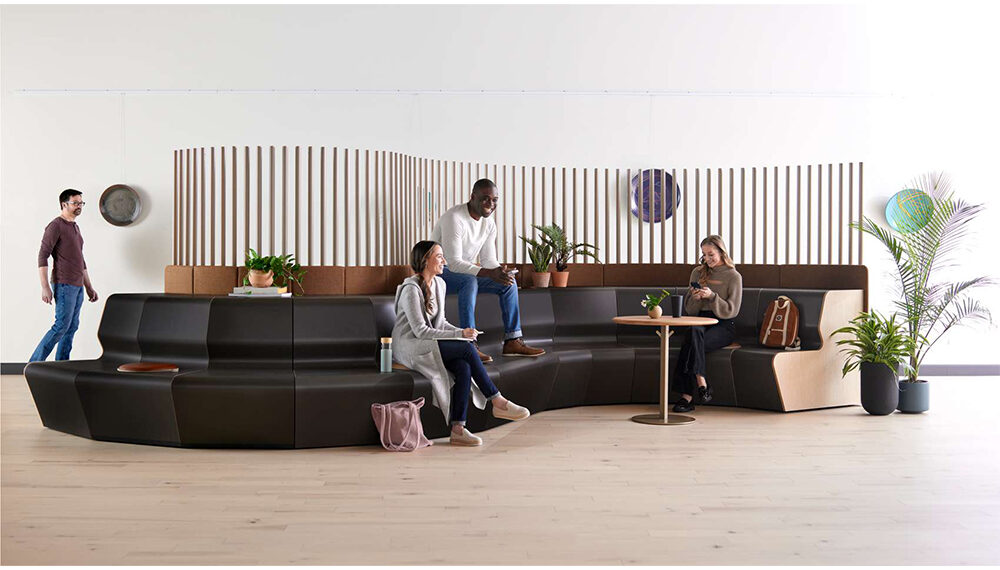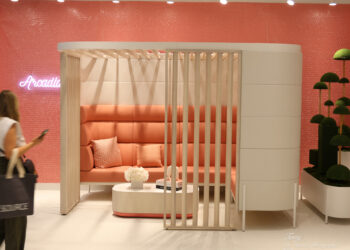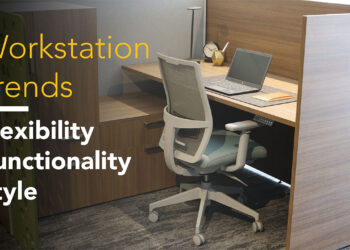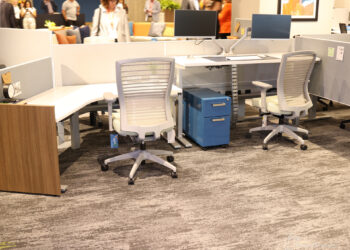Redefining the Workspace: Crafting the Office of Tomorrow
Once a fixed location, the office is now a concept, one that transcends its walls to embody a hub where people choose to convene for specific, enriching experiences. This evolution prompts a pivotal question: If work is no longer a place but an action, what compels the modern professional to commute to an office?
The answer is in the unique value that a well-designed office provides—an environment that enables employees to do their best work through a variety of experiences.
Redesigning for today’s work
To transform the office into a destination, it should cater to the tasks people want and need to do. This means creating spaces for focused work, collaborative projects, learning, socializing, and respite. It’s about understanding how employees work both individually and collectively, then designing spaces that support these activities.
- Variety is the Key – An office designed as a destination should offer variety—a range of spaces and experiences that draw employees in, providing a compelling reason to come to the office. This includes areas for quiet, heads-down work, as well as spaces that encourage interaction and collaboration. It’s about offering the right mix of environments to meet the diverse needs of today’s workforce.
- Flexibility in Space and Function – Within the office, there should be a sense of flexibility. Furniture that can be reconfigured for different uses, rooms that can be adapted for various types of meetings, and areas that allow for both privacy and open collaboration are essential. This flexibility supports the multi-dimensional nature of modern work.
- Ergonomics and Well-Being – A modern office should provide ergonomic comfort and spaces for rest—a contrast to the distractions and potential discomforts of working from home. Purpose-designed spaces that cater to specific tasks and support well-being can make the office a preferred place to work.
- Local Culture in Office Design – Office design must also reflect local culture and preferences. Instead of standardizing (all branches everywhere should be the same), organizations should tailor their offices to local culture, creating a unique environment that resonates with employees and fosters a sense of community and belonging.
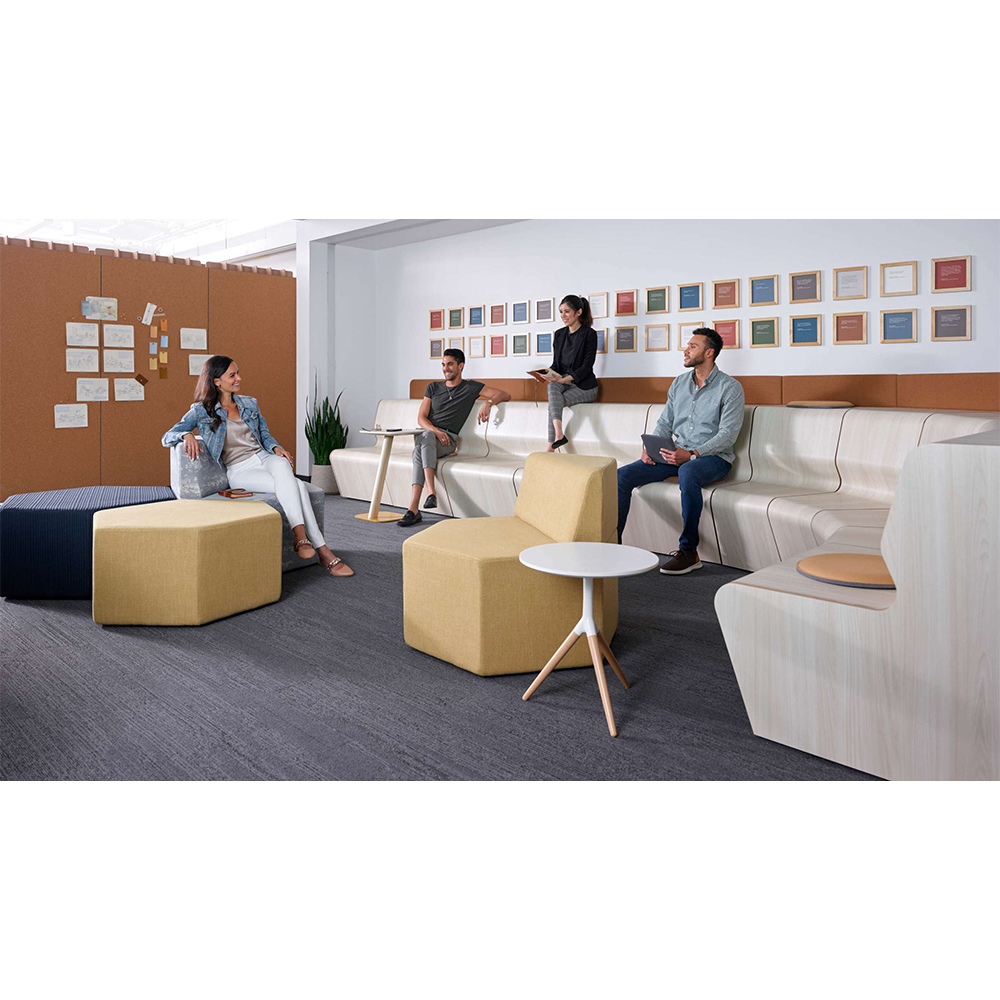
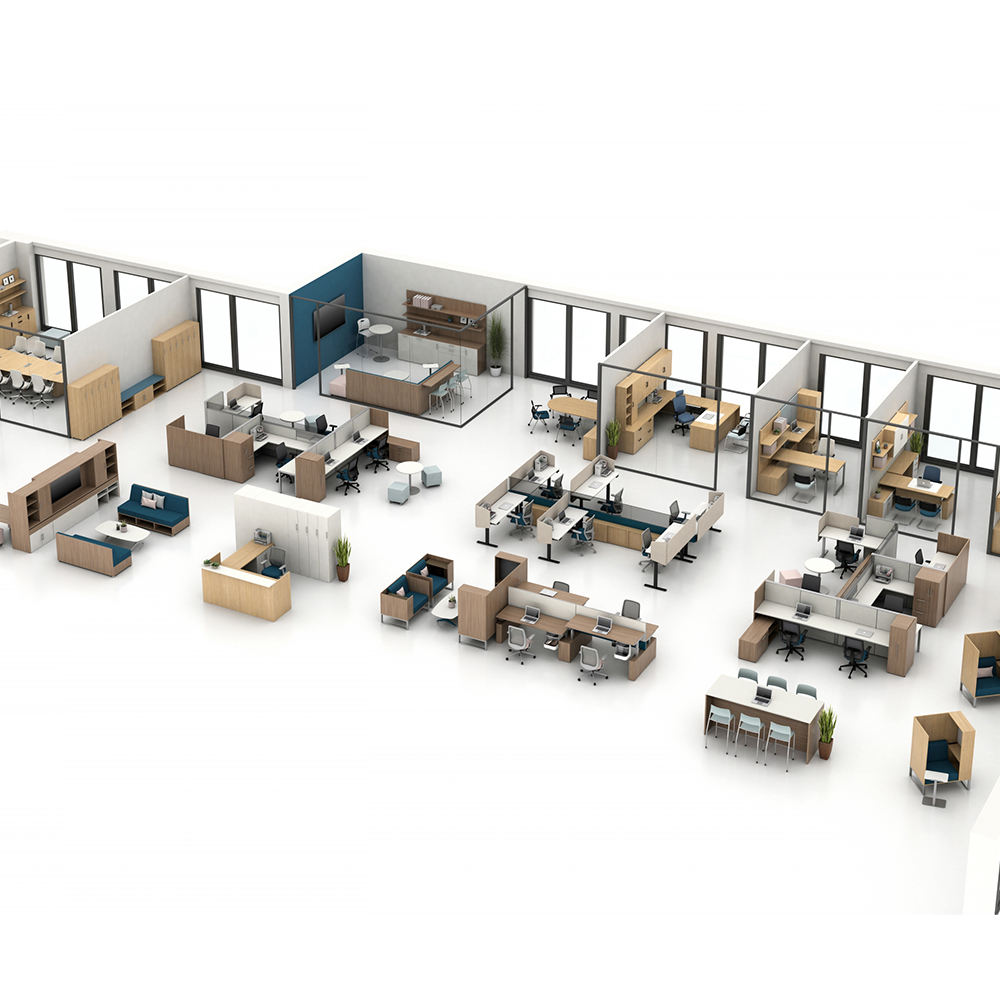
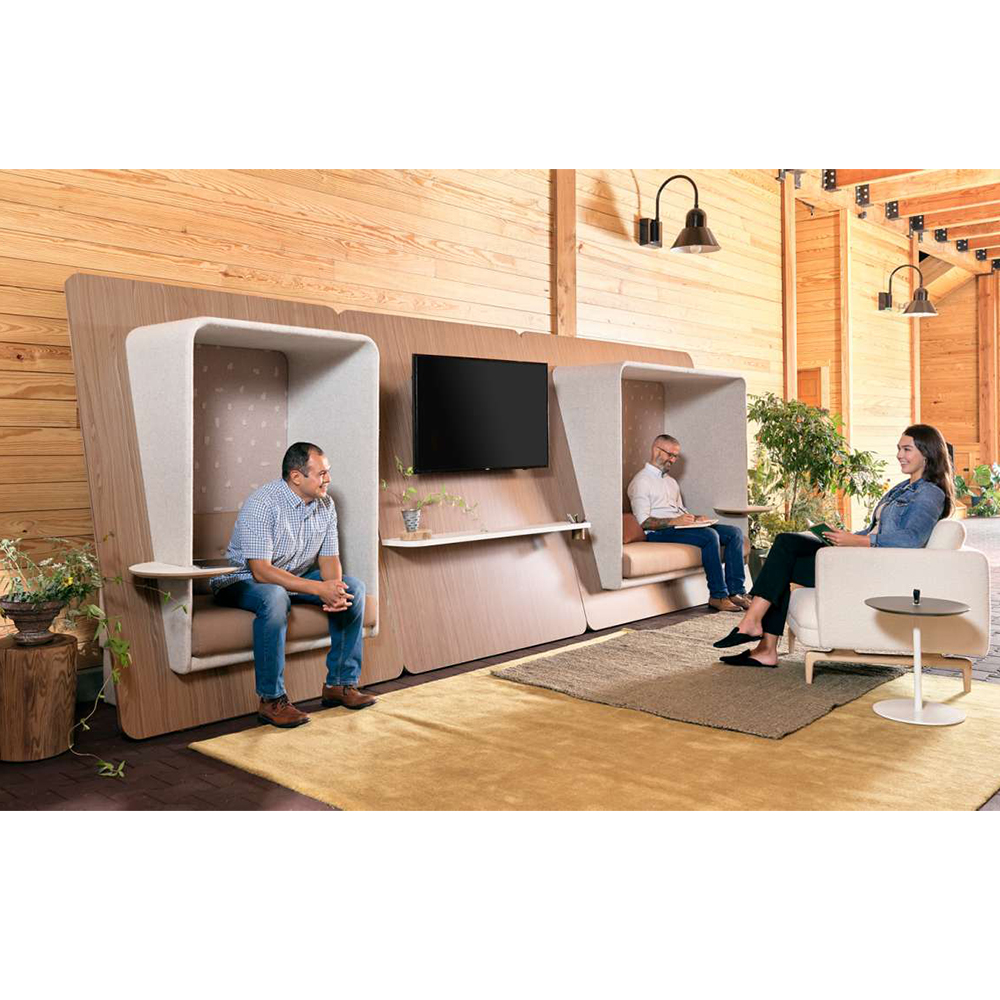
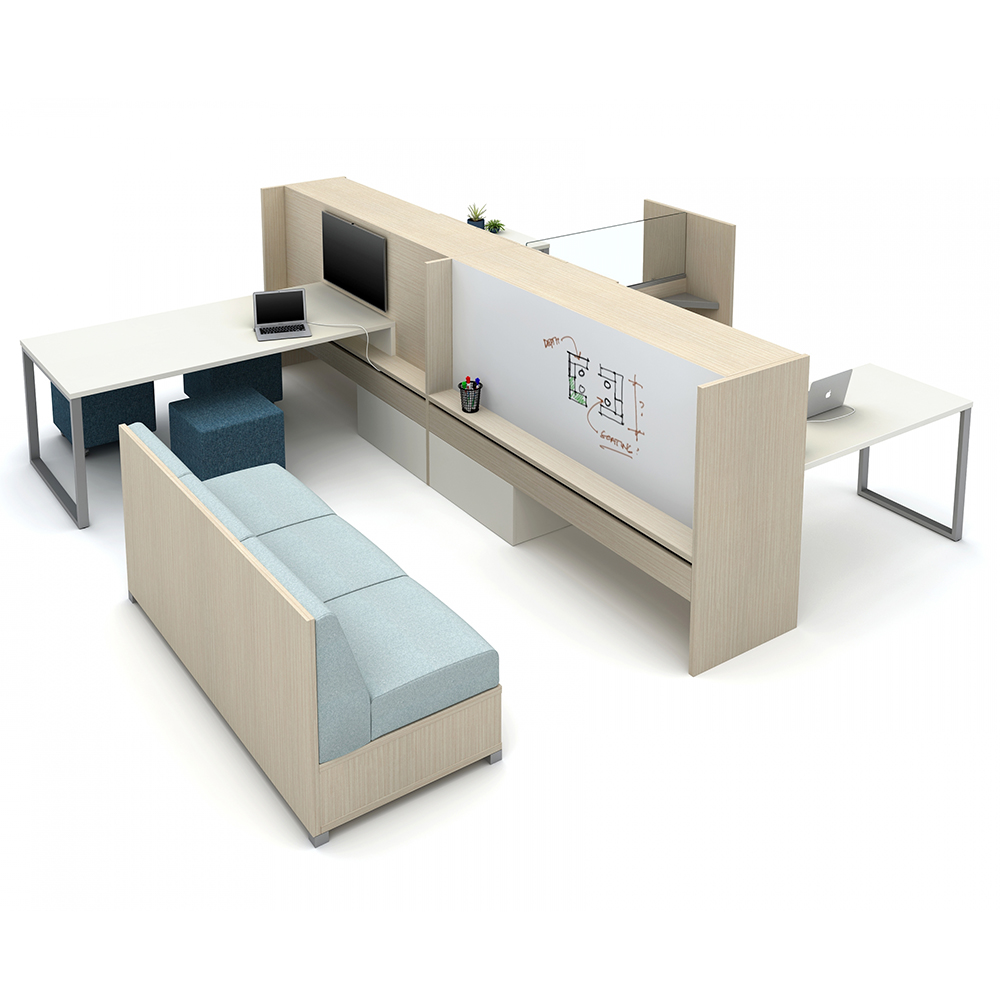
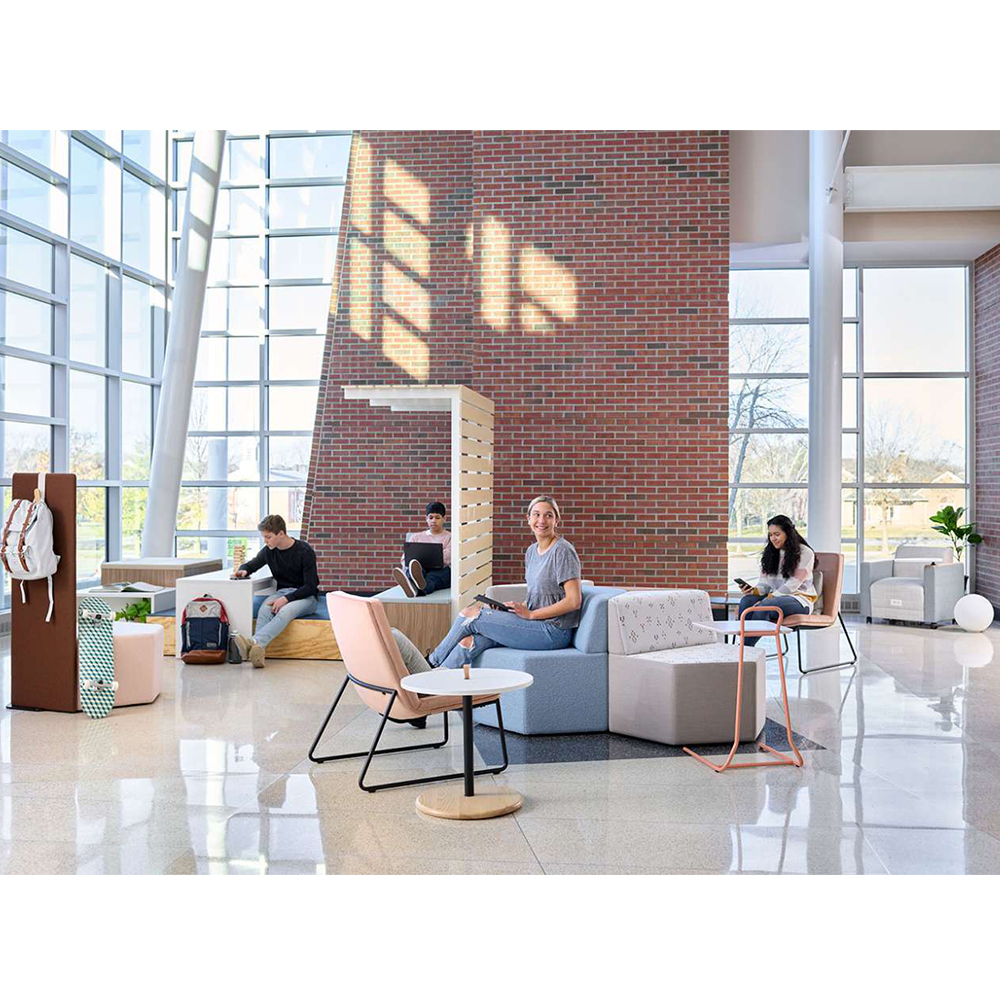
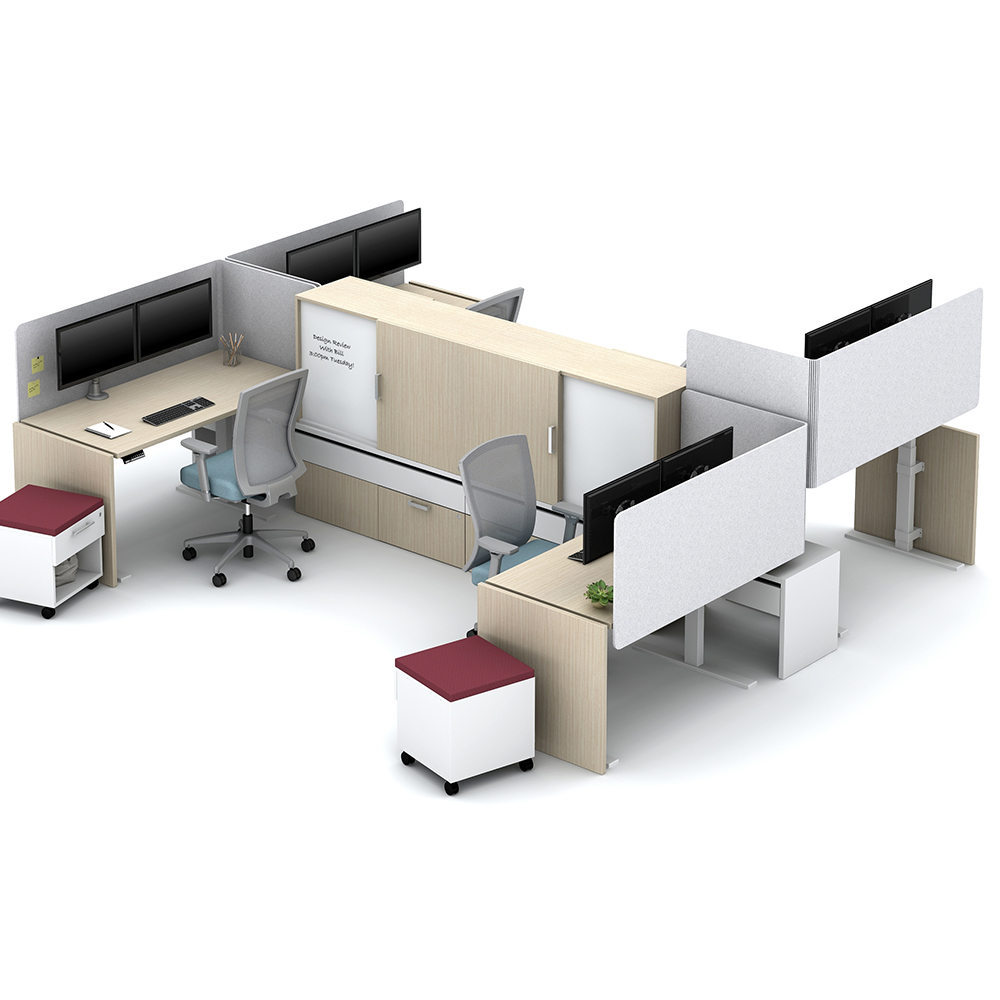
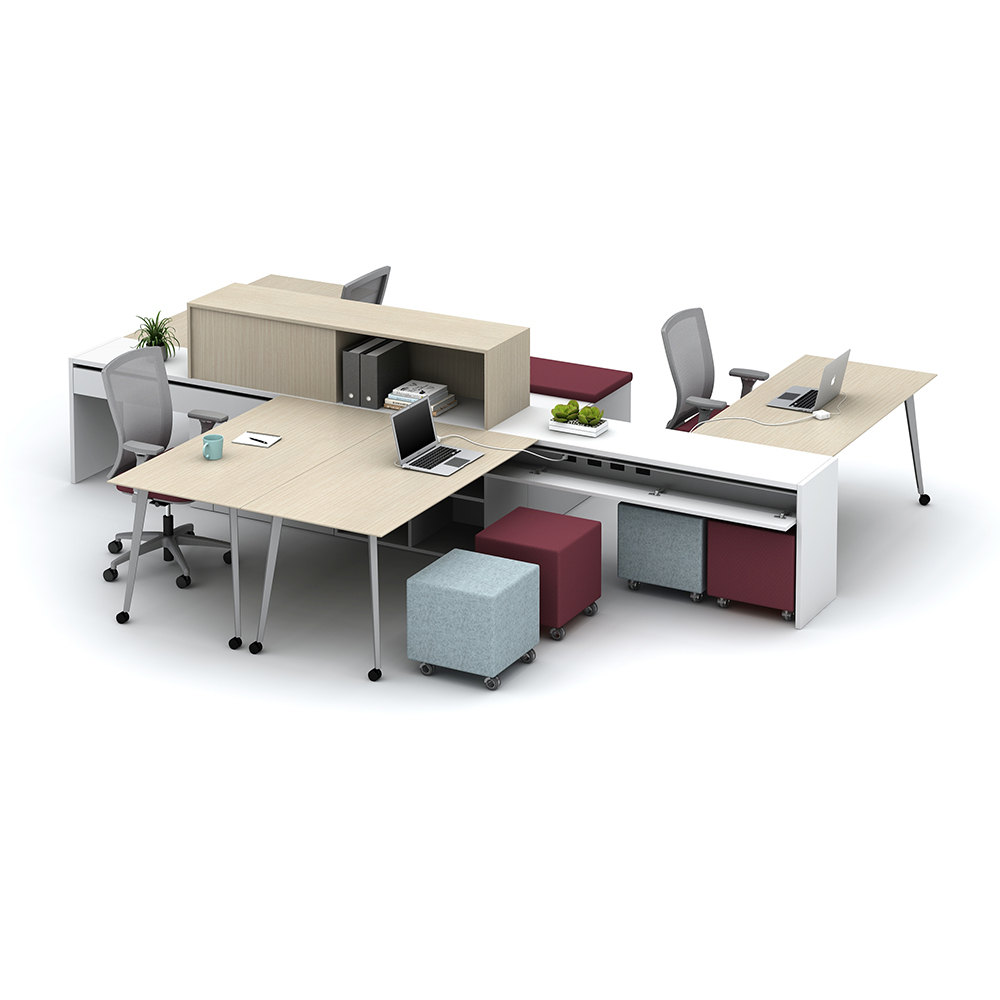
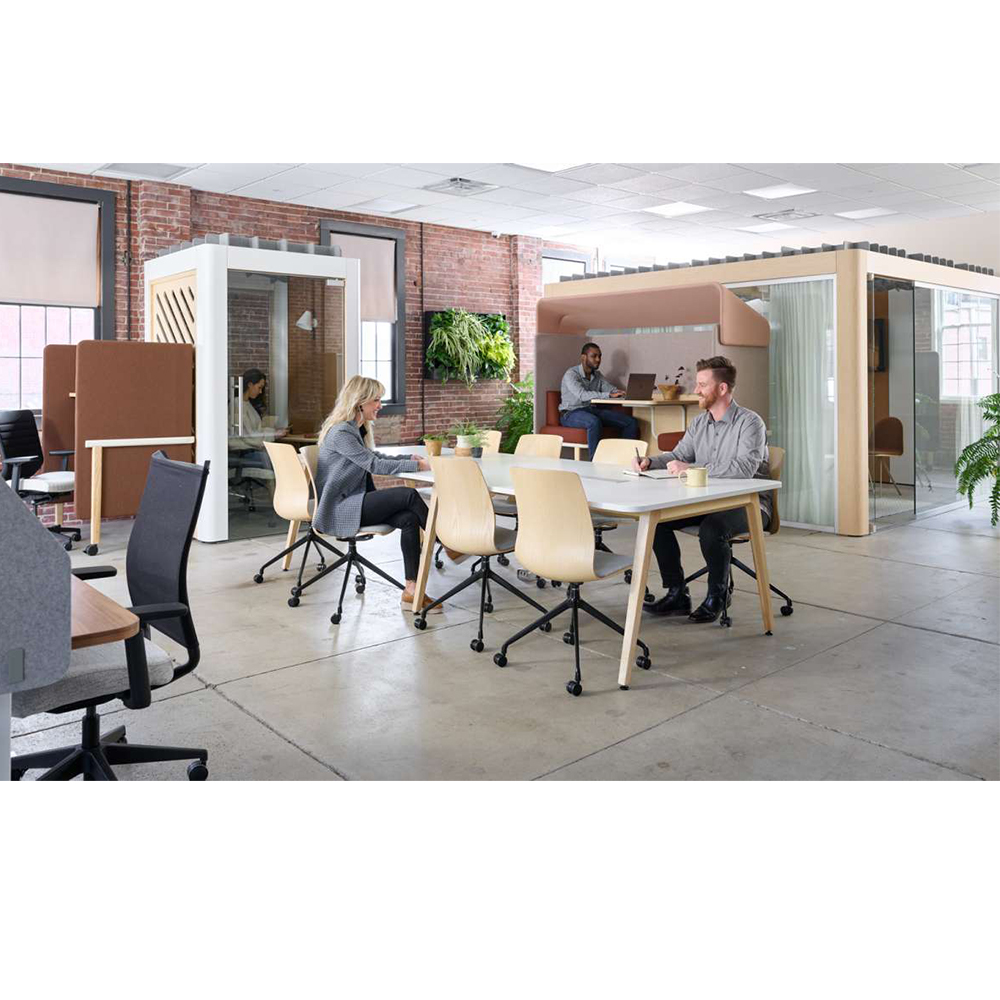
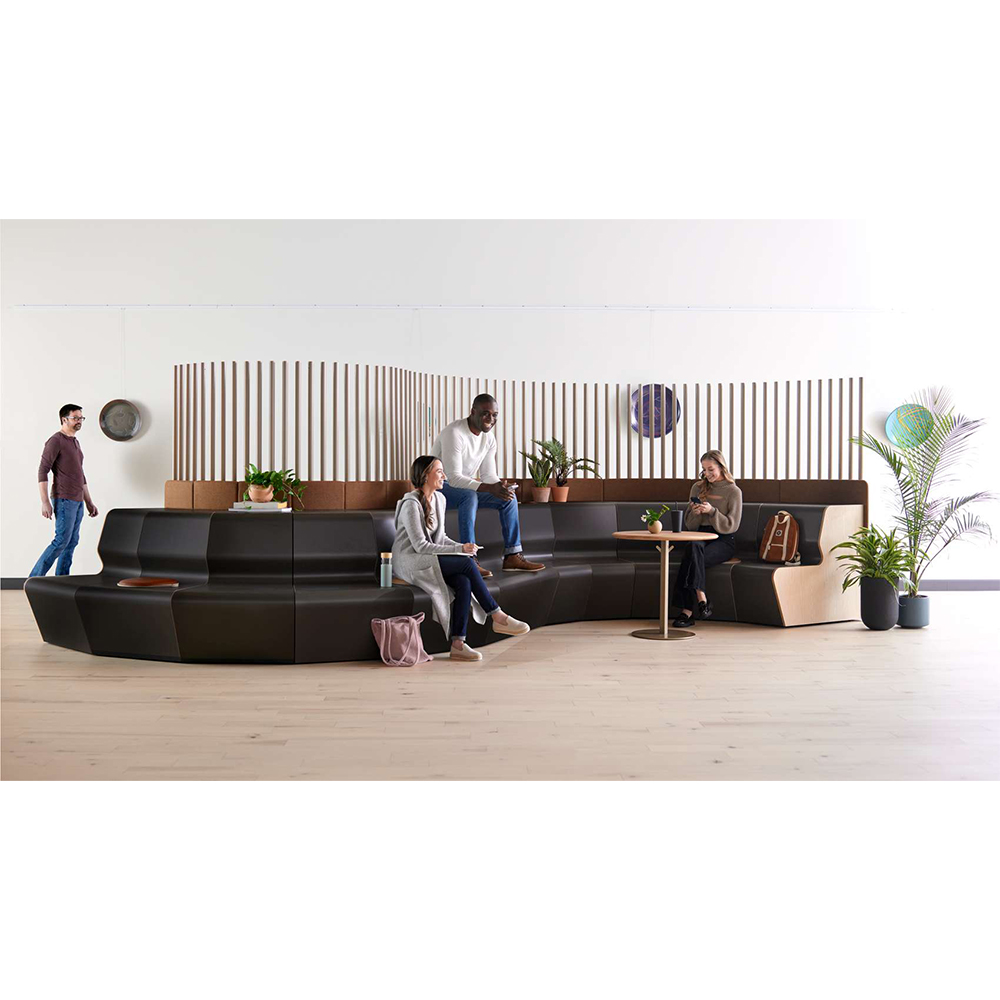
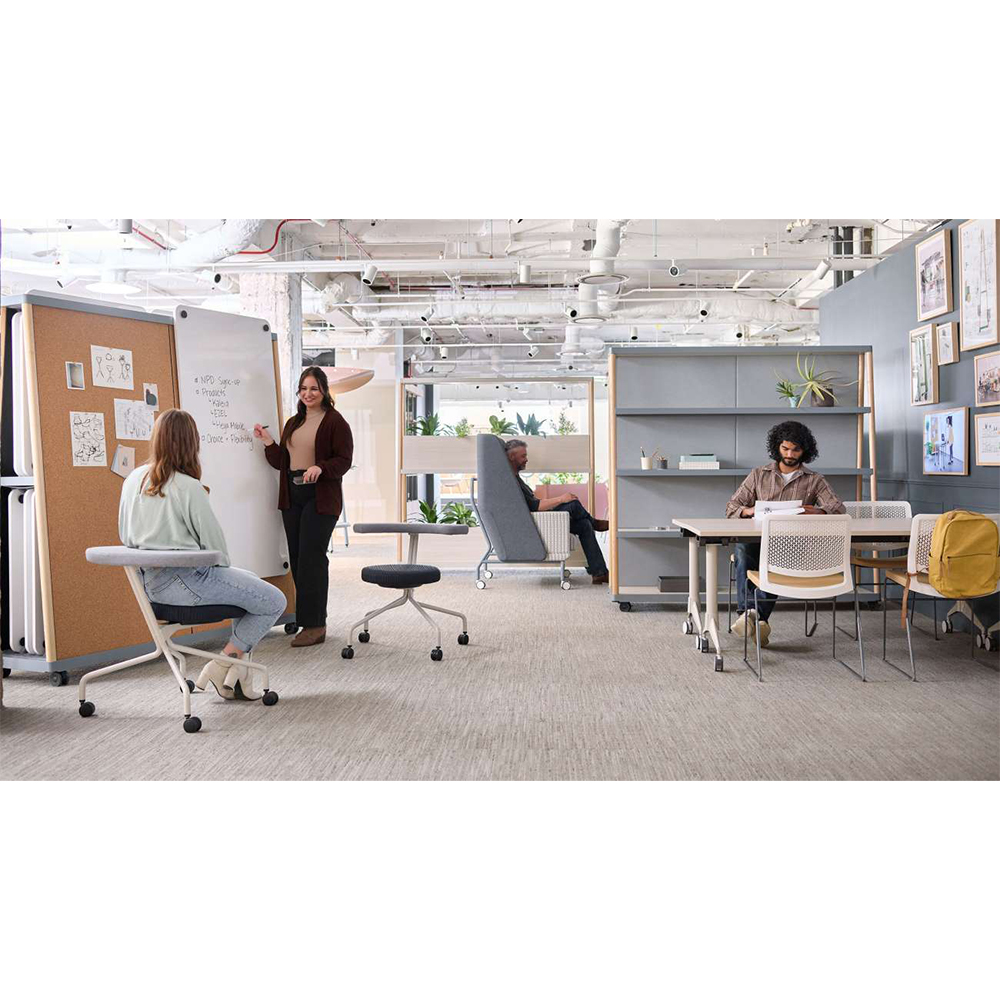
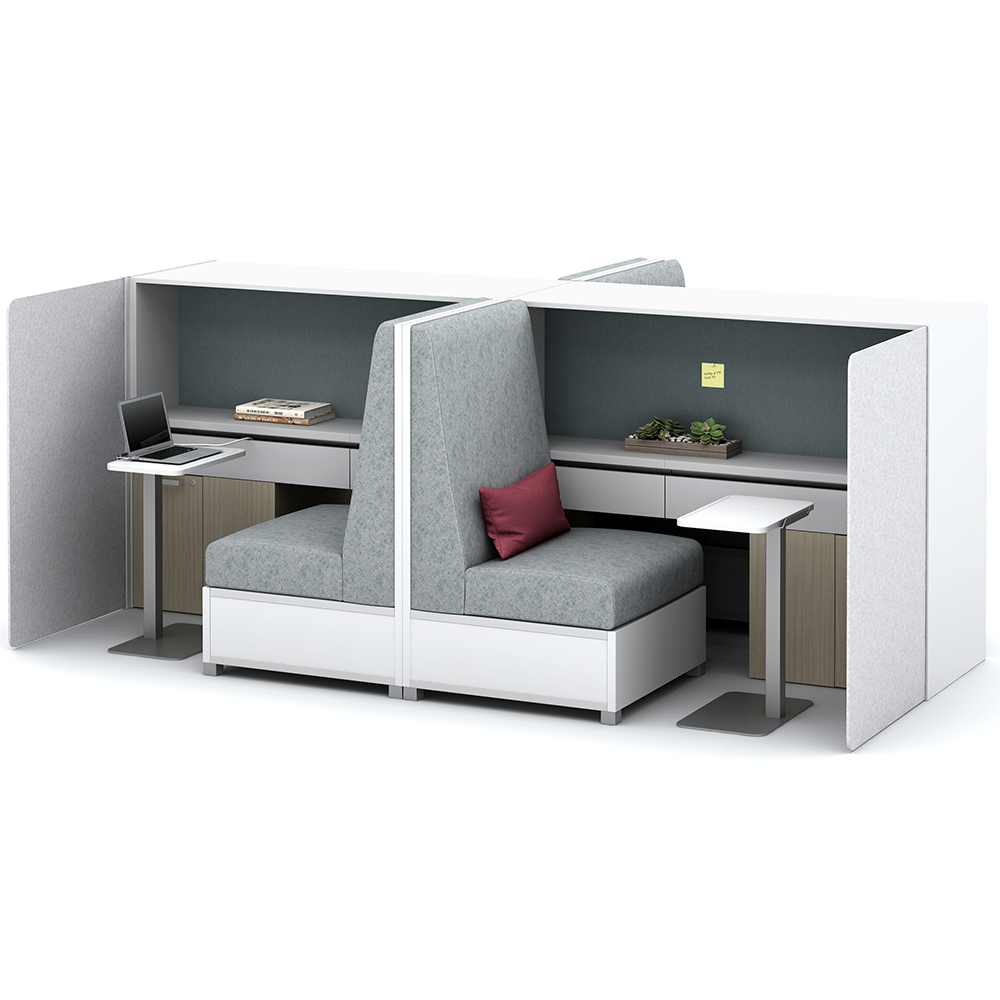
Additional helpful strategies
By allowing employees to choose their space, and when and where they work, you acknowledge the fluid nature of modern work. Here are a few more strategies that might help you empower your team:
- Regularly Celebrate Success: Make the office a place of celebration by regularly recognizing team and individual achievements. Whether it’s a small win or a major milestone, celebrating these moments in the office can create positive associations with the workspace.
- Invest in Training and Development: Use the office as a hub for professional development. Offer regular in-person training, workshops, and seminars that employees can’t get when working from home. This not only benefits their career growth but also adds value to their in-office days.
- Upgrade the office technology to ensure seamless connectivity and collaboration for both on-site and remote team members. Invest in high performance computers and quality collaboration tools – both hardware and software. Some employees are still tethered to desktop computers.
- Offer Commuting Incentives: To ease the transition back to office commuting, provide incentives such as transportation subsidies, premium parking spots for carpoolers, or partnerships with local transit services. Additionally, consider offering more flexible start and end times to help employees avoid peak traffic hours.
- Health and Safety First: Post-pandemic, health and safety are still top of mind. Ensure that the office design includes spaces with improved ventilation, contactless technology, and areas where employees can take breaks safely. Health and wellness should be evident in your office design.
- Implement Feedback Loops: Create channels for employees to provide feedback on the office environment and suggest improvements. This could be through regular surveys, suggestion boxes, or town hall meetings. Act on this feedback to show that you value their input and are committed to making the office a better place to work.
- Wellness Programs: Introduce or expand wellness programs that include mental health support, fitness classes, massage therapy, or meditation sessions. These offerings demonstrate a commitment to employee well-being and can make the office an attractive place to be.
The office as a destination offers more than a place to work; it provides a space where employees are eager to engage, innovate, and connect. By integrating a variety of workspaces, embracing flexibility, and reflecting local culture, organizations can create an office that not only meets the functional needs of their employees but also supports their overall well-being and professional growth.
Image source:
AIS Inc. and OFS
